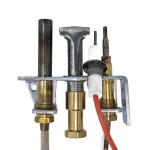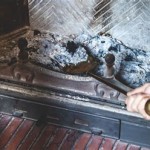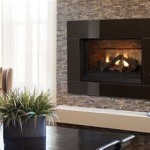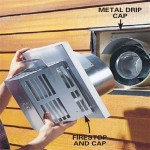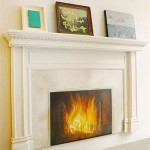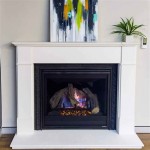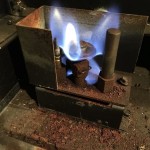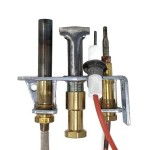Fireplace Air Intake: Essential Aspects to Enhance Combustion Efficiency
A fireplace air intake is a crucial component for optimal fireplace operation. It provides the necessary oxygen to fuel the combustion process, ensuring efficient heat generation and preventing smoke accumulation. Understanding the fundamental aspects of fireplace air intake is essential for homeowners who want to maximize the performance and safety of their fireplaces.
1. Types of Fireplace Air Intakes
There are two primary types of fireplace air intakes:
- Direct-vent air intakes: Draw air from outside the house through a dedicated vent pipe, eliminating the risk of room air depletion.
- Room air intakes: Draw air from inside the house, requiring additional measures to prevent oxygen depletion in the room.
2. Location and Sizing
The location and size of the air intake are critical for proper fireplace operation. Direct-vent air intakes are typically placed outside the house near the bottom of the fireplace. Room air intakes should be positioned near the floor to draw cooler air and minimize disruption to room air circulation.
The size of the air intake should be proportionate to the fireplace's heat output. A larger fireplace requires a larger air intake to provide sufficient oxygen for combustion.
3. Damper Control
An air intake damper is used to regulate the amount of air entering the fireplace. It allows the user to adjust the intensity of the fire and control heat output. The damper should be fully open during ignition to provide maximum air supply and partially closed once the fire is established to maintain a consistent burn.
4. Maintenance and Inspection
Regular maintenance and inspection of the fireplace air intake are essential for ensuring proper function. Dust and debris can accumulate in the air intake over time, restricting airflow. Cleaning the air intake periodically will prevent blockages and maintain optimal performance.
An annual inspection by a qualified professional is recommended to check the condition of the air intake, damper, and other fireplace components. They can also identify any potential safety hazards or issues that require attention.
5. Safety Considerations
Proper air intake is crucial for fireplace safety. A blocked or inadequate air intake can lead to incomplete combustion, resulting in the production of harmful gases such as carbon monoxide. Carbon monoxide is odorless and colorless, making it difficult to detect without a carbon monoxide detector.
Ensure that the fireplace air intake is always clear of obstructions and functioning properly. Never operate a fireplace with a blocked air intake to maintain a safe and comfortable indoor environment.
By understanding the essential aspects of fireplace air intake, homeowners can optimize the performance, safety, and enjoyment of their fireplaces. Proper maintenance, inspection, and adherence to safety guidelines will ensure a cozy and efficient fireplace experience.

Air A Lator Fresh Intake Devices Bernard Dalsin Manufacturing
Is There A Way To Provide Fresh Air Intake From The Outside For Typical Brick Residential Fireplace On An Exterior Wall Quora

Stop Cold Air From Wood Or Gas Fireplace
Gas Fireplace Venting Explained Heatilator

Pleasant Hearth Outside Air Kit For Circulating Zero Clearance Ventless Dual Fuel Fireplace Inserts Oak100 The Home Depot

Is It Mandatory To Connect The Outside Air Intake On Ecodesing Stoves Panadero

Room Sealed Stoves With External Air Supply

How To Use The Vents Control A Wood Burning Stove

Fireplace Install 6 Of 9 Outside Air Kit

Fireplaces And Wood Stoves Have Proper Ventilation Building America Solution Center
Related Posts

